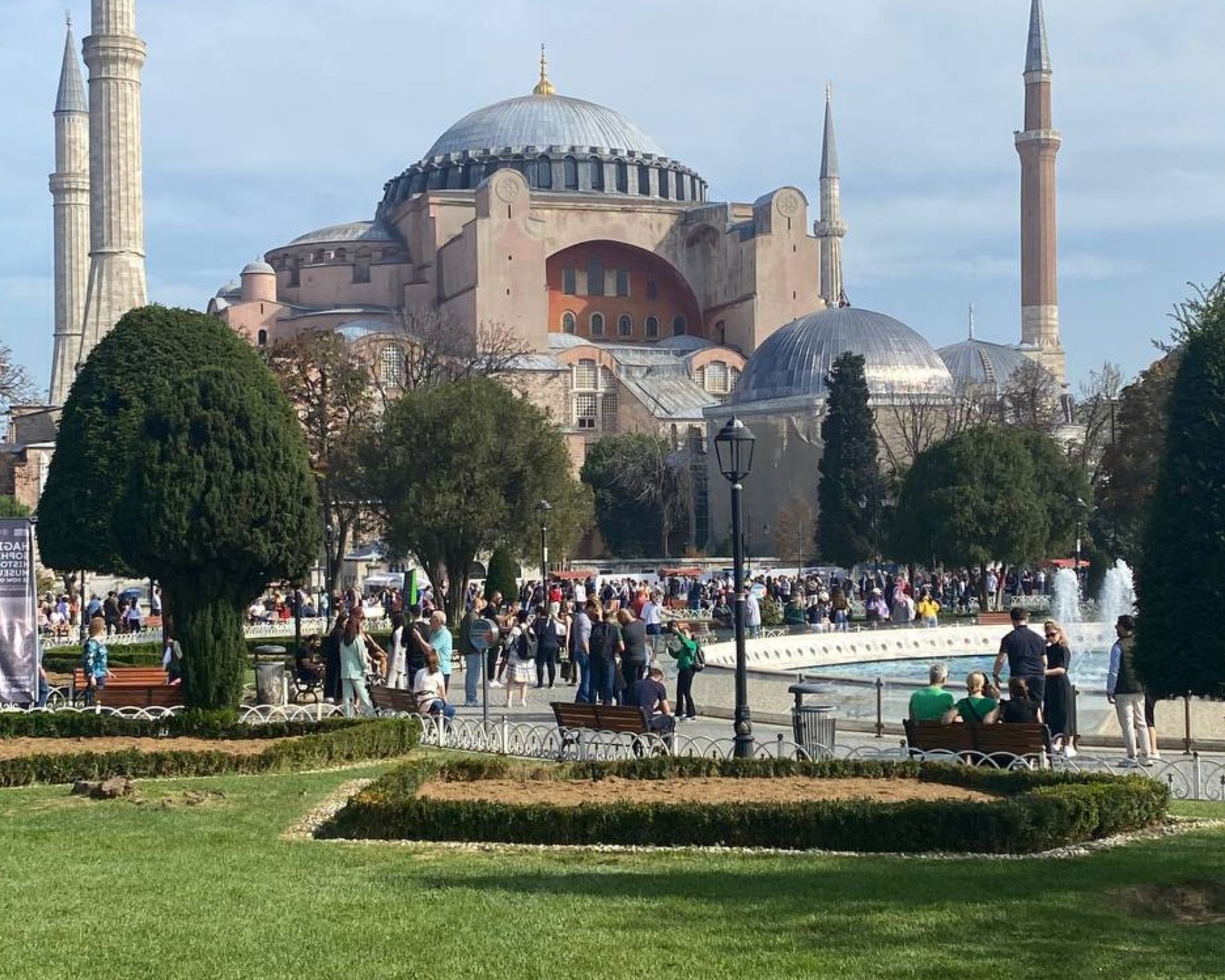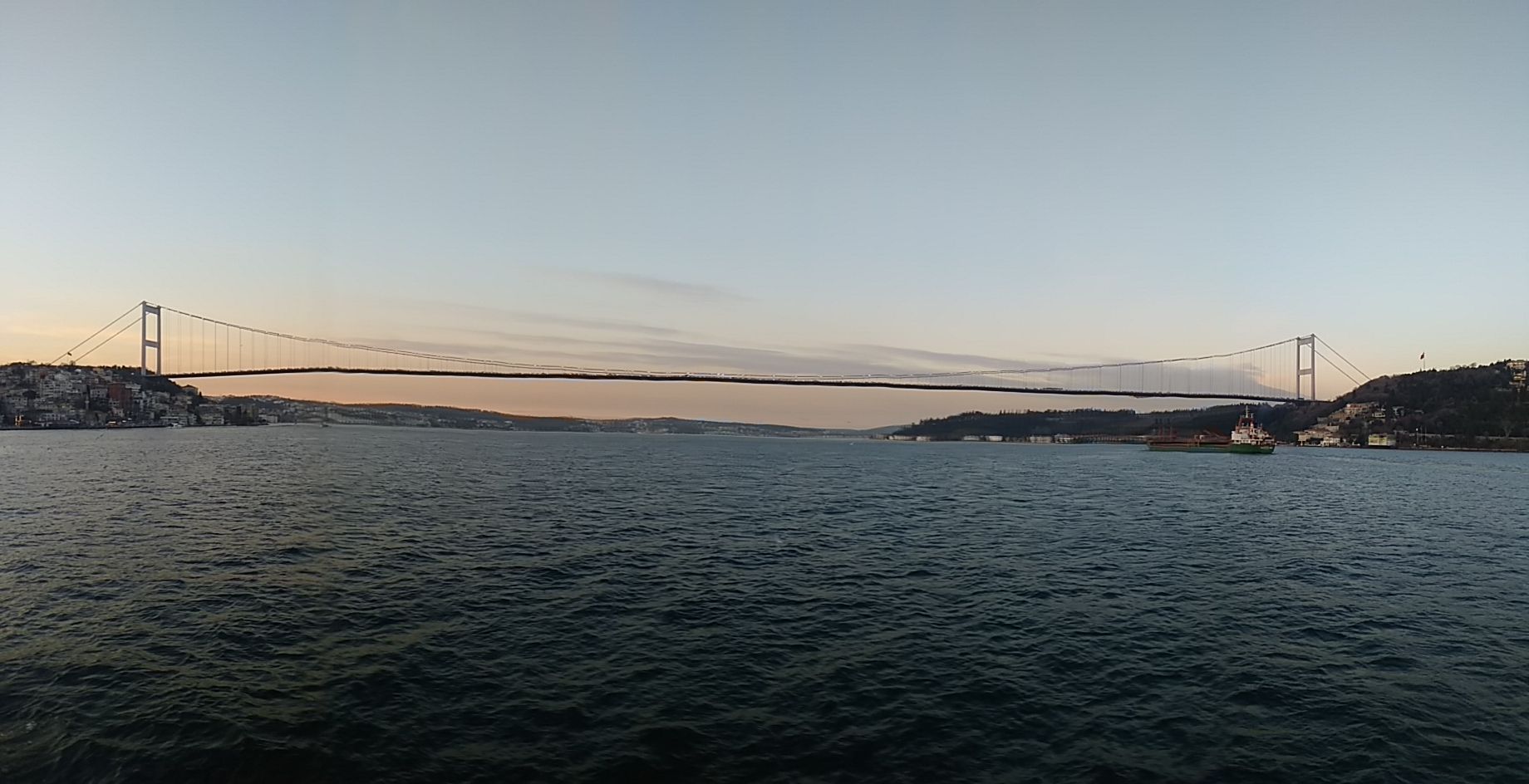BLUE MOSQUE
The Blue Mosque: Istanbul’s Iconic Masterpiece You Can't Miss


When you think of Istanbul, one of the first landmarks that comes to mind is the Blue Mosque (Sultan Ahmet Camii). This magnificent structure, with its stunning blue tiles, towering minarets, and intricate architecture, stands as a symbol of the city’s rich Ottoman heritage. But there’s so much more to the Blue Mosque than its breathtaking beauty—there’s a fascinating history, a deep cultural significance, and a powerful sense of tranquility that visitors won’t forget.
If you're planning a trip to Istanbul, the Blue Mosque should be at the top of your must-see list. Here’s why this iconic mosque is so special, why it’s called the Blue Mosque, and why you should include it in your itinerary.
1. Why Is It Called the Blue Mosque?
The Blue Mosque gets its name from the blue tiles that adorn its interior, which were specially crafted to create a serene and awe-inspiring atmosphere. The tiles, in shades of blue, turquoise, and other vibrant colors, decorate the walls and ceilings, contributing to the mosque’s unique charm.
While the mosque is officially called the Sultan Ahmet Mosque, after the Sultan who commissioned its construction, it is widely known as the Blue Mosque due to the stunning blue İznik tiles that cover the interior. These tiles were created using traditional techniques and patterns, inspired by nature and Islamic artistry, making the Blue Mosque a standout example of Ottoman architecture.
2. Interesting Facts About the Blue Mosque
There’s a lot more to the Blue Mosque than its striking appearance. Here are some fascinating facts that might surprise you:
Built in Just 7 Years: The Blue Mosque was built between 1609 and 1616, a remarkably short time for a structure of such size and detail. Sultan Ahmet I, the young ruler at the time, ordered the construction in the hope of building a mosque that could rival the grandeur of the Hagia Sophia, located nearby.
An Architectural Masterpiece: The mosque blends elements of Byzantine, Ottoman, and Persian architecture. It has a central dome flanked by smaller domes, along with four towering minarets—making it one of the largest and most impressive mosques in Istanbul.
It’s Still Active: Unlike some of Istanbul’s other historic landmarks, the Blue Mosque is still a functioning place of worship. Visitors are welcome to experience the mosque’s serenity and beauty, but it’s important to remember that it is an active mosque, so respectful behavior is required.
The Prayer Hall’s Stunning Carpet: The mosque’s carpet is another highlight. It is designed to enhance the acoustics and help worshippers focus during prayer. The carpet is also an excellent example of traditional Turkish craftsmanship.
3. Why You Should Visit the Blue Mosque
If you're wondering whether the Blue Mosque is worth your time, here’s why it’s an essential stop during your Istanbul visit:
A Beautiful Spiritual Experience: Whether or not you’re religious, visiting the Blue Mosque is a moving experience. The mosque’s architecture, combined with its tranquil atmosphere, creates a space for reflection and wonder. The blue tiles, the calligraphy, and the grand prayer hall all contribute to the mosque’s serene environment.
Close Proximity to Other Major Landmarks: The Blue Mosque is situated in the Sultanahmet District, just steps away from other must-see sites like the Hagia Sophia, Topkapi Palace, and the Hippodrome. It’s the perfect starting point for exploring Istanbul’s historical heart.
A Symbol of Istanbul’s History: The Blue Mosque is not just a beautiful building—it’s a symbol of Istanbul’s unique position as a city where East and West meet, both geographically and culturally. Visiting the mosque offers a glimpse into the city’s Ottoman past and its ongoing role as a bridge between cultures.
Architectural Beauty: With its towering minarets, grand domes, and intricate tile work, the Blue Mosque is an architectural marvel. It's one of the finest examples of Ottoman architecture, and stepping inside will leave you in awe of its size and artistry.
4. When to Visit the Blue Mosque
The Blue Mosque is open to visitors every day, but the best times to visit are in the morning or late afternoon, when the crowds are thinner. If you're visiting during the Islamic prayer times, remember that the mosque may close for a short while to accommodate worshippers.
It’s also important to note that the mosque has a strict dress code for visitors, especially for women. Modesty is key—women should wear a headscarf (which is provided at the entrance if needed), and both men and women should avoid wearing shorts or revealing clothing. Comfortable shoes are recommended, as you’ll be walking on carpeted floors.
5. Why Take a Guided City Tour?
While you can visit the Blue Mosque on your own, a guided city tour is the best way to experience it in its full context. A professional guide will share the fascinating history behind the mosque and its construction, explain the symbolism in its architecture, and help you understand its role in both Ottoman and modern-day Istanbul.
Additionally, a tour will ensure you skip the long lines and make the most of your time exploring not only the Blue Mosque but other nearby landmarks, like the Hagia Sophia and Topkapi Palace. By booking a guided tour, you’ll learn about the hidden stories and local legends that make Istanbul such a special place.
Book Your Istanbul City Tour Today!
If you're ready to experience the Blue Mosque and other iconic landmarks of Istanbul, don't miss out on a guided city tour with us. Our knowledgeable guides will take you on an unforgettable journey through Istanbul's rich history and stunning architecture. Book your tour today and start your adventure in this extraordinary city!
For bookings, explore our website www.elfinglobal.com or contact us on whatsapp: +1323 982 3669




